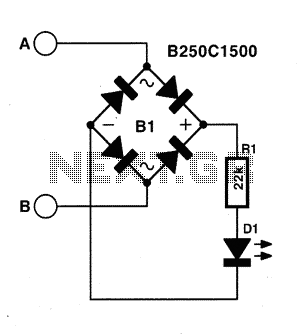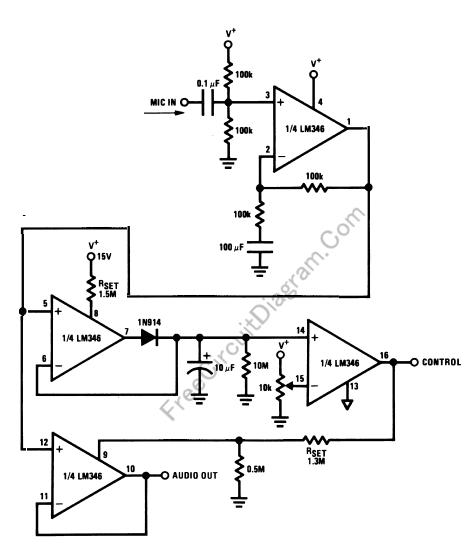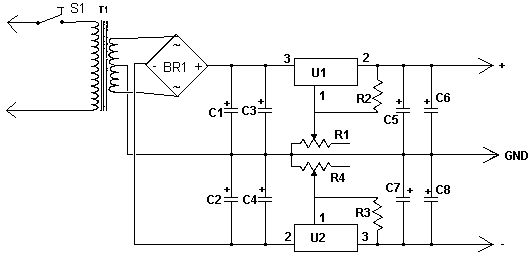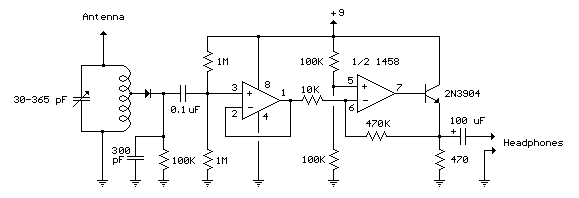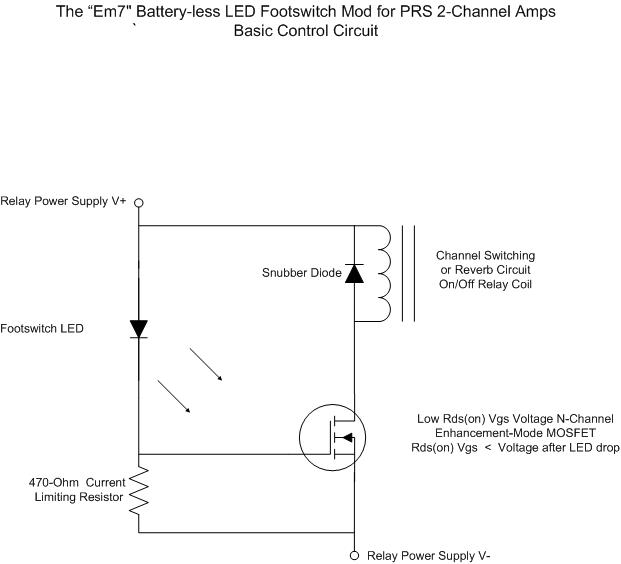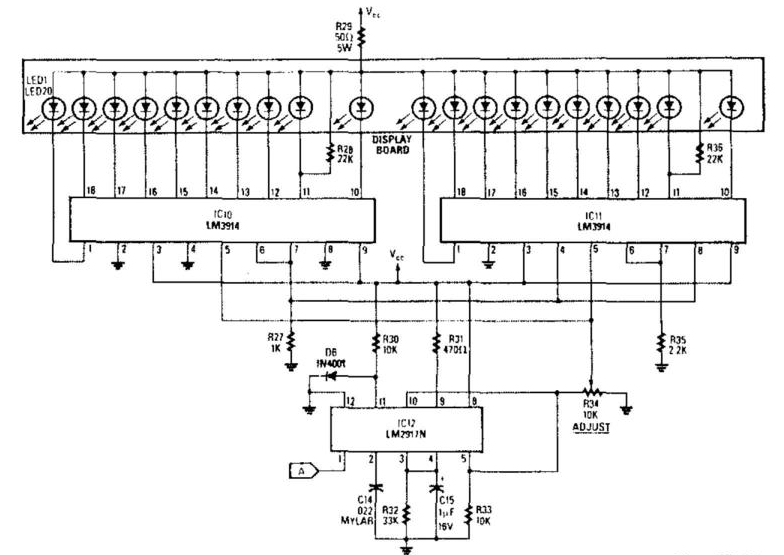
How to properly snub transient spikes from a transformer and prevent switch mode power supply burn out

The leads from the transformer to the circuit are quite long (>5m). The 110V side of the transformer has been switched off frequently, which likely caused a spike on the secondary (24V) side. The input pin of the LTC3631 shows a visible mark where a blowout occurred (gas escaped). The LTC3631 is protected up to 60V on its power input. Additional information indicates a reading of just over 28Vac from the transformer, translating to 39.5Vdc, which is close to the chip's normal tolerance. The chip is not overloaded and typically operates at a low temperature. A potential solution involves adding clamping on the primary side of the transformer to limit surge energy, such as using a MOV from line to line to shunt high voltage energy. A small series resistance could also help limit surge energy without excessive losses, as the regulator draws low current. Safety-rated X-capacitors from line to line may assist with smaller surges, accompanied by a resistor in parallel to ensure they discharge within 30 seconds for safety. Clamping can also be applied on the secondary side by adding a small resistor in the positive feed to the regulator and placing a TVS in parallel with the regulator to clamp voltage to a safe level. Local capacitors at Vin and Run connected to the IC ground are essential, and considering reverse-biased diodes on these pins may prevent them from going below ground. A negative clamp diode at the SW node can also be beneficial.
The described circuit involves a transformer with long leads that may introduce inductive effects and voltage spikes due to frequent switching on the primary side. The LTC3631, a step-down DC-DC converter, exhibits a failure marked by a blowout, likely caused by voltage transients exceeding its rated input protection. The presence of a voltage reading of 28Vac indicates the potential for over-voltage conditions, especially when rectified to a DC level close to the LTC3631's maximum rating of 60V.
To mitigate potential voltage spikes, several protective components can be integrated into the design. The use of Metal Oxide Varistors (MOVs) across the primary side can effectively clamp high voltage transients, preventing them from propagating into the transformer and downstream circuitry. A series resistor can further limit the energy of surges while maintaining efficiency, given the low current draw of the regulator.
On the secondary side, implementing a Transient Voltage Suppressor (TVS) diode in parallel with the LTC3631 provides an additional layer of protection. This configuration allows the TVS to divert excess voltage away from the chip during transient events, while a series resistor helps manage the current flowing through the TVS, minimizing power losses.
The design should also incorporate local bypass capacitors placed as close as possible to the Vin and Run pins of the LTC3631 to stabilize the input voltage and filter out noise. The addition of reverse-biased diodes on these pins can prevent negative voltage excursions that could damage the IC. Furthermore, a negative clamp diode at the SW node is advisable to protect against negative voltage spikes that may occur during switching events.
Overall, careful consideration of component placement and selection in the schematic can enhance the reliability of the circuit and prolong the lifespan of the LTC3631, ensuring stable operation even under potentially adverse conditions.The leads from the transformer to the circuit are quite long (>5m). Apparently the 110V side of the transformer was switched off somewhat frequently lately which likely caused a spike on the secondary (24V) side. The input pin of the LTC3631 has a visible mark where the blowout occured (gas escaped). The LTC3631 is protected upto 60V on it`s power -in. I doubt that the failure is due to an over-voltage situation. Maybe it might be better to sit-back and wait for reasons without 2nd-guessing the possible cause. Hey it could be exactly what you say but, there may be other factors you haven`t mentioned that makes you sure it is this. This info would be needed to give a decent answer to your question. Andy aka Apr 5 `13 at 20:32 @Andyaka the only other information I have is that I read a little over 28Vac from the transformer which translates to 39.
5Vdc just below chip`s normal tolerance. It`s possible that it was being too close to it`s normal limit. I`m not sure if that would cause the physical blowout. The chip is not overloaded and runs quite cool normally. MandoMando Apr 5 `13 at 20:58 @dext0rb no, I haven`t seen any spikes, just a blown chip. The handheld meter reads the input at about 28Vac. It was installed last week, so didn`t live long at this location regardless. MandoMando Apr 5 `13 at 21:01 The easy solution is adding some clamping on the primary side of the transformer to limit any surge energy coming in - a MOV from line to line will shunt any high voltage energy away from the transformer. A small series resistance would also help limit the surge energy, and wouldn`t be excessively lossy since the regulator draws such a low current.
Safety-rated X-capacitors from line to line may also help with smaller surges (also sometimes called `fast transients`) - just don`t forget to put a resistor in parallel with them that would discharge them within 30 seconds, for safety reasons. Clamping also works on the secondary side. You could add a small resistor in the positive feed to the regulator, then put a TVS in parallel with the regulator (between the positive feed and ground).
The TVS would clamp the voltage to a safe level and the resistor would limit the TVS current. Again, it would burn some power all the time, but the regulator isn`t high-power so the losses should be manageable. Local capacitors directly at Vin and Run going directly to the IC ground are essential. You could also consider adding reverse biased (negative clamping) diodes on these pins (to prevent them from somehow going below GND).
A negative clamp diode at the SW node can be helpful too. 🔗 External reference
The described circuit involves a transformer with long leads that may introduce inductive effects and voltage spikes due to frequent switching on the primary side. The LTC3631, a step-down DC-DC converter, exhibits a failure marked by a blowout, likely caused by voltage transients exceeding its rated input protection. The presence of a voltage reading of 28Vac indicates the potential for over-voltage conditions, especially when rectified to a DC level close to the LTC3631's maximum rating of 60V.
To mitigate potential voltage spikes, several protective components can be integrated into the design. The use of Metal Oxide Varistors (MOVs) across the primary side can effectively clamp high voltage transients, preventing them from propagating into the transformer and downstream circuitry. A series resistor can further limit the energy of surges while maintaining efficiency, given the low current draw of the regulator.
On the secondary side, implementing a Transient Voltage Suppressor (TVS) diode in parallel with the LTC3631 provides an additional layer of protection. This configuration allows the TVS to divert excess voltage away from the chip during transient events, while a series resistor helps manage the current flowing through the TVS, minimizing power losses.
The design should also incorporate local bypass capacitors placed as close as possible to the Vin and Run pins of the LTC3631 to stabilize the input voltage and filter out noise. The addition of reverse-biased diodes on these pins can prevent negative voltage excursions that could damage the IC. Furthermore, a negative clamp diode at the SW node is advisable to protect against negative voltage spikes that may occur during switching events.
Overall, careful consideration of component placement and selection in the schematic can enhance the reliability of the circuit and prolong the lifespan of the LTC3631, ensuring stable operation even under potentially adverse conditions.The leads from the transformer to the circuit are quite long (>5m). Apparently the 110V side of the transformer was switched off somewhat frequently lately which likely caused a spike on the secondary (24V) side. The input pin of the LTC3631 has a visible mark where the blowout occured (gas escaped). The LTC3631 is protected upto 60V on it`s power -in. I doubt that the failure is due to an over-voltage situation. Maybe it might be better to sit-back and wait for reasons without 2nd-guessing the possible cause. Hey it could be exactly what you say but, there may be other factors you haven`t mentioned that makes you sure it is this. This info would be needed to give a decent answer to your question. Andy aka Apr 5 `13 at 20:32 @Andyaka the only other information I have is that I read a little over 28Vac from the transformer which translates to 39.
5Vdc just below chip`s normal tolerance. It`s possible that it was being too close to it`s normal limit. I`m not sure if that would cause the physical blowout. The chip is not overloaded and runs quite cool normally. MandoMando Apr 5 `13 at 20:58 @dext0rb no, I haven`t seen any spikes, just a blown chip. The handheld meter reads the input at about 28Vac. It was installed last week, so didn`t live long at this location regardless. MandoMando Apr 5 `13 at 21:01 The easy solution is adding some clamping on the primary side of the transformer to limit any surge energy coming in - a MOV from line to line will shunt any high voltage energy away from the transformer. A small series resistance would also help limit the surge energy, and wouldn`t be excessively lossy since the regulator draws such a low current.
Safety-rated X-capacitors from line to line may also help with smaller surges (also sometimes called `fast transients`) - just don`t forget to put a resistor in parallel with them that would discharge them within 30 seconds, for safety reasons. Clamping also works on the secondary side. You could add a small resistor in the positive feed to the regulator, then put a TVS in parallel with the regulator (between the positive feed and ground).
The TVS would clamp the voltage to a safe level and the resistor would limit the TVS current. Again, it would burn some power all the time, but the regulator isn`t high-power so the losses should be manageable. Local capacitors directly at Vin and Run going directly to the IC ground are essential. You could also consider adding reverse biased (negative clamping) diodes on these pins (to prevent them from somehow going below GND).
A negative clamp diode at the SW node can be helpful too. 🔗 External reference
Warning: include(partials/cookie-banner.php): Failed to open stream: Permission denied in /var/www/html/nextgr/view-circuit.php on line 713
Warning: include(): Failed opening 'partials/cookie-banner.php' for inclusion (include_path='.:/usr/share/php') in /var/www/html/nextgr/view-circuit.php on line 713
